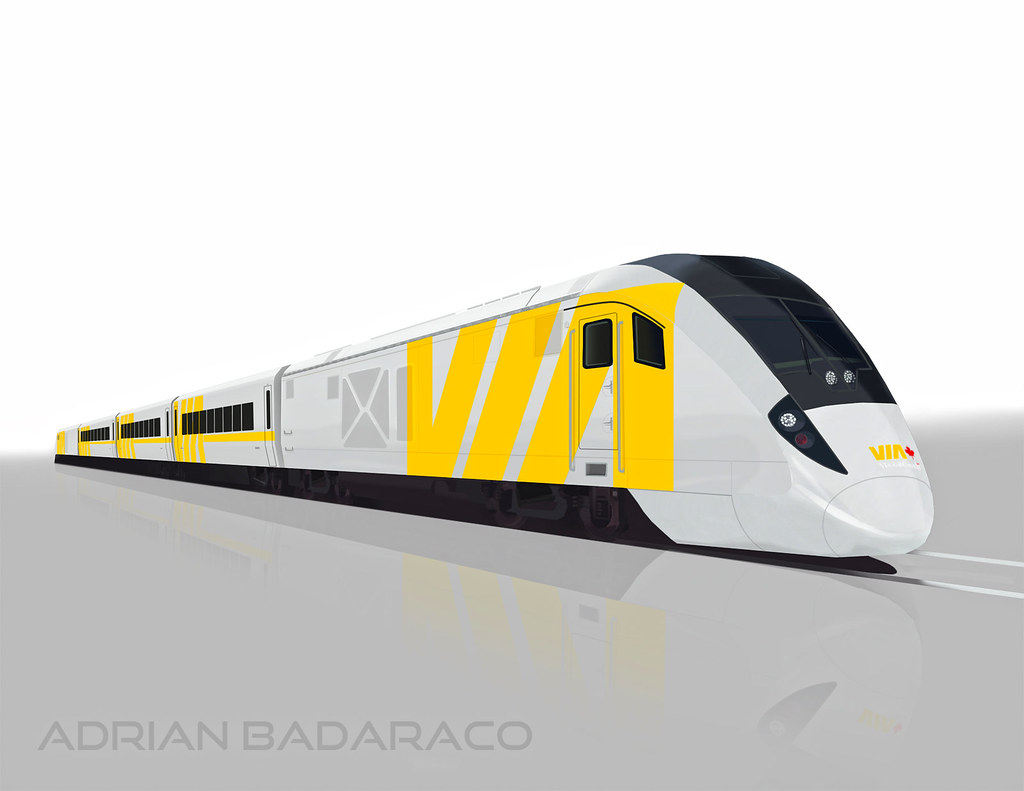crs1026
Superstar
The drop in ridership around 1990 is attributable not only to cuts in trains, but reductions in train size as the old blue/yellow and RDC fleets wore out and were retired, and as VIA implemented demand management strategies. That chart shows the change well....Look at how passenger revenue is maintained while government subsidy is reduced from 1990 onwards. Some of the pricing reflected higher value product....eg that’s the era when the transcon fleet was refurbished and the Silver/Blue service model implemented. But in the corridors, VIA was forced to retreat from oodles of 10-car trains attracting passengers at bus-competitive
Toronto-London is a good example. Pre-1990, there were oodles of trains ten cars long hauling at bus-competitive prices. Post-1990 it became 4-car trains at higher prices. Partly because the fleet changed, and partly because the bus lobby held inordinate influence.
- Paul
Toronto-London is a good example. Pre-1990, there were oodles of trains ten cars long hauling at bus-competitive prices. Post-1990 it became 4-car trains at higher prices. Partly because the fleet changed, and partly because the bus lobby held inordinate influence.
- Paul






